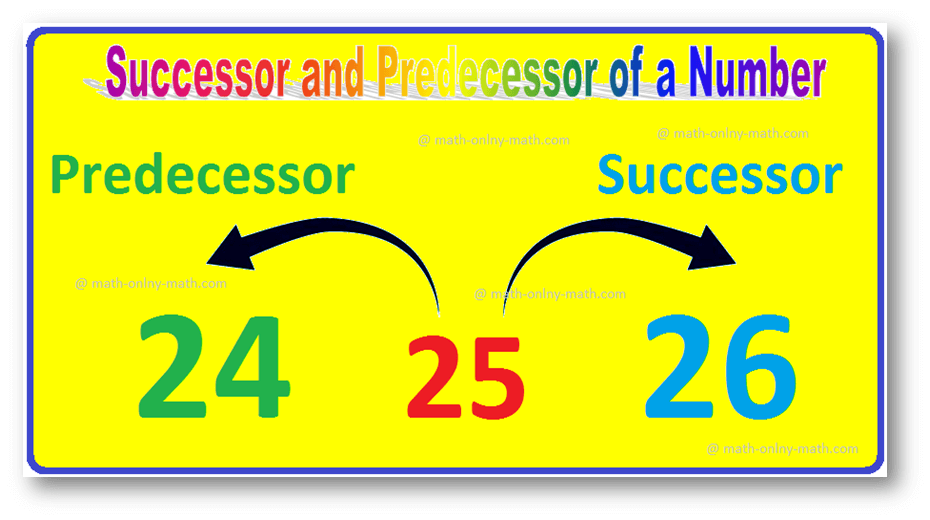Subscribe to our ▶️ YouTube channel 🔴 for the latest videos, updates, and tips.
Home | About Us | Contact Us | Privacy | Math Blog
Situations of Inverse Variation
We will learn ‘what inverse variation is’ and how to solve different types of problems on some situations of inverse variation.
If two quantities are related in such a way that increase in one quantity causes corresponding decrease in the other quantity and vice versa, then such a variation is called an inverse variation or indirect variation.
If the two quantities are in inverse variation then we say that they are inversely proportional.
Suppose, if two quantities x and y vary inversely with each other, then the values of x is equal to the inverse ratio of the corresponding values of y.
i.e., x1x2=y2y1
or, x1×y1=x2×y2
Some situations of inverse variation:
● More men at work, less time taken to finish the work.
Less men at work, more time is taken to finish the work.
● More speed, less time is taken to cover the same distance.
Less speed, more time is taken to cover the same distance.
Problems on different situations of inverse variation:
1. If 48 men can do a piece of work in 24 days, in how many days will 36 men complete the same work?
Solution:
This is a situation of indirect variation.
Less men will require more days to complete the work.
48 men can do the work in 24 days
1 man can do the same work in 48 × 24 days
36 men can do the same work in (48 × 24)/36 = 32 days
Therefore, 36 men can do the same work in 32 days.
2. 100 soldiers in a fort had enough food for 20 days. After 2 days, 20 more soldiers join the fort. How long will the remaining food last?
Solution:
More soldiers, therefore, food lasts for less days.
This is a situation of indirect variation.
Since 20 soldiers join the fort after 2 days, therefore, the remaining food is sufficient for 100 soldiers and 18 days.
Situations of Direct Variation
Situations of Inverse Variation
Direct Variations Using Unitary Method
Direct Variations Using Method of Proportion
Inverse Variation Using Unitary Method
Inverse Variation Using Method of Proportion
Problems on Unitary Method using Direct Variation
Problems on Unitary Method Using Inverse Variation
Mixed Problems Using Unitary Method7th Grade Math Problems
From Situations of Inverse Variation to HOME PAGE
Didn't find what you were looking for? Or want to know more information about Math Only Math. Use this Google Search to find what you need.
Recent Articles
-
Successor and Predecessor | Successor of a Whole Number | Predecessor
Jul 29, 25 12:59 AM
The number that comes just before a number is called the predecessor. So, the predecessor of a given number is 1 less than the given number. Successor of a given number is 1 more than the given number… -
Worksheet on Area, Perimeter and Volume | Square, Rectangle, Cube,Cubo
Jul 28, 25 01:52 PM
In this worksheet on area perimeter and volume you will get different types of questions on find the perimeter of a rectangle, find the perimeter of a square, find the area of a rectangle, find the ar… -
Worksheet on Volume of a Cube and Cuboid |The Volume of a RectangleBox
Jul 25, 25 03:15 AM
We will practice the questions given in the worksheet on volume of a cube and cuboid. We know the volume of an object is the amount of space occupied by the object.1. Fill in the blanks: -
Volume of a Cuboid | Volume of Cuboid Formula | How to Find the Volume
Jul 24, 25 03:46 PM
Cuboid is a solid box whose every surface is a rectangle of same area or different areas. A cuboid will have a length, breadth and height. Hence we can conclude that volume is 3 dimensional. To measur… -
Volume of a Cube | How to Calculate the Volume of a Cube? | Examples
Jul 23, 25 11:37 AM
A cube is a solid box whose every surface is a square of same area. Take an empty box with open top in the shape of a cube whose each edge is 2 cm. Now fit cubes of edges 1 cm in it. From the figure i…
Worksheet on Direct Variation using Unitary Method
Worksheet on Direct variation using Method of Proportion
Worksheet on Word Problems on Unitary Method






New! Comments
Have your say about what you just read! Leave me a comment in the box below. Ask a Question or Answer a Question.